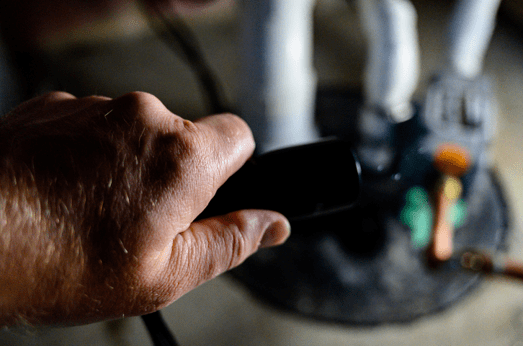
When it comes to safeguarding your home against potential water damage, installing a sump pump is a smart investment. A sump pump is designed to prevent basement flooding and water accumulation by efficiently pumping excess water away from your home's foundation. If you're concerned about potential flooding or water-related issues, Benjamin Franklin Plumbing is here to guide you through the installation process and help you protect your valuable property.
1. Assess Your Needs:
Before diving into the installation process, it's important to assess your specific needs. Consider factors such as your home's location, the level of groundwater in your area, and any past instances of water accumulation in your basement. Understanding your requirements will help you select the appropriate type and size of sump pump for your home.
2. Gather the Necessary Tools and Materials:
To install a sump pump successfully, you'll need a few essential tools and materials. These typically include a sump pump, a sump pit or basin, PVC pipes, couplings, check valves, a power drill, a hacksaw, pipe wrenches, a level, and a utility knife. Having these items ready beforehand will ensure a smooth installation process.
3. Choose the Right Location:
Identify the ideal location for your sump pump installation. Typically, it should be placed in the lowest part of your basement, where water tends to accumulate. Ensure the chosen area is free from obstructions, and the pit or basin is large enough to accommodate the sump pump comfortably.
4. Dig the Sump Pit:
Using a shovel or a spade, carefully dig a hole in the selected location to create a sump pit. The depth of the pit will depend on the size and specifications of your sump pump. Follow the manufacturer's instructions to determine the correct dimensions for the pit. Additionally, ensure the pit's bottom is level to facilitate the proper functioning of the sump pump.
5. Install the Sump Pump and Pit:
Place the sump pump into the sump pit, ensuring that it is level and upright. Connect the discharge pipe to the pump, and extend it to a suitable location away from your home's foundation, preferably with a downward slope to allow water to flow freely. Remember to include a check valve in the discharge pipe to prevent backflow.
6. Connect the Drainage System:
Using PVC pipes and couplings, connect the drainage system to the sump pump. The drainage pipes should be sloped away from your home, directing the water to a safe location such as a storm drain or a dry well. It's essential to maintain a proper slope to ensure the efficient flow of water away from your foundation.
7. Test the Sump Pump:
After completing the installation, it's crucial to test the functionality of your newly installed sump pump. Fill the sump pit with water until the pump activates, and ensure it pumps the water away effectively. Additionally, test the float switch to ensure it operates correctly.
Contact Us For Sump Pump Services Today!
Investing in a sump pump is a proactive step towards safeguarding your home from potential water damage. By following the steps outlined above, you can successfully install a sump pump with the help of Benjamin Franklin Plumbing. Remember, proper installation and regular maintenance will ensure your sump pump operates effectively when you need it the most. With the added protection of a reliable sump pump, you can have peace of mind and enjoy a dry and secure basement for years to come.
